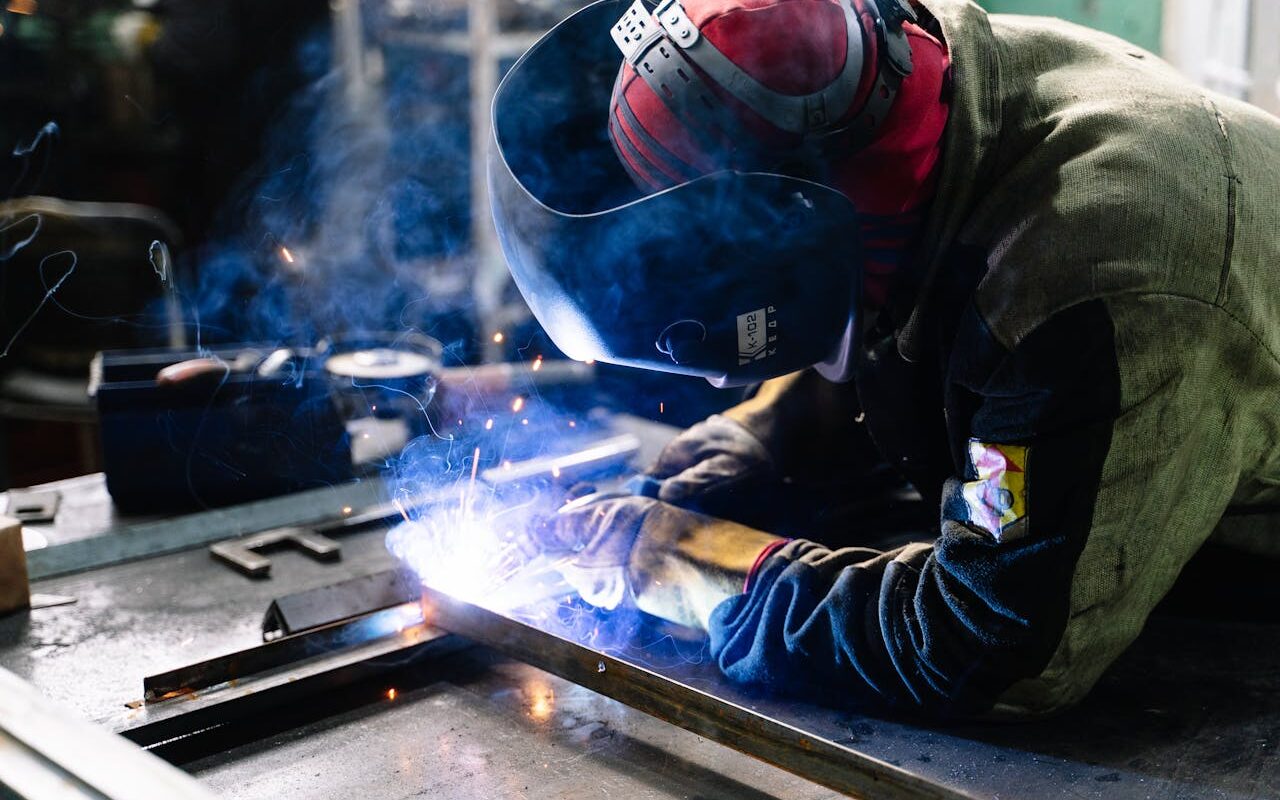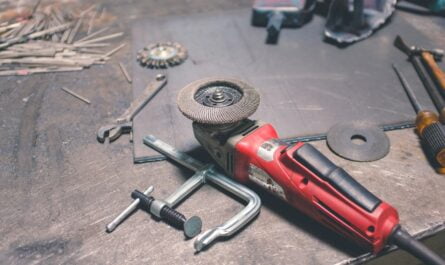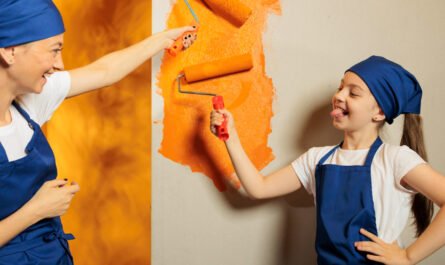Having access to a welding workshop right in your own garage can be extremely convenient for repairs, projects, and even hobby welding. With some strategic planning and adherence to safety, setting up a functional, organized welding space is an achievable goal for any homeowner.
Welding is the process of joining two metal pieces by heating the surfaces to a molten state and fusing them together. The most common types of welding for home use are MIG, TIG, stick, and oxy-fuel welding. Welding has many practical uses for auto repairs and metal fabrication. With the right gear and some practice, having a personal welding setup in your garage can save time and money. However, safety should be the number one consideration when establishing a welding workshop since the equipment poses several risks, like electric shock, fire, fumes, and ultraviolet radiation.
Choosing Welding Equipment
Purchasing a welding machine is where most beginners start when outfitting a garage workshop. Key factors to consider are input power requirements, output capacity, duty cycle rating, as well as portability and cost.
MIG welders are suitable for home use as they are reasonably affordable and versatile for various household projects. A dual voltage 110/220V unit offers flexibility in case only a 110V outlet is available in the garage currently. For larger equipment like auto frames, a stick welder with 220V input power can achieve superior welds.
The machine’s output range will determine the thickness of the metal it can heat to a melting point. Light-duty welders with an output of 120V to 130V work for sheet metal up to 1/8 inches thick. A 200V maximum output allows welding metal plates over 1⁄4 inches thick.
The duty cycle denotes the length of time out of a 10-minute window the welder can operate safely at its peak capacity before needing to cool off. More intensive projects require a higher duty cycle rating, generally 40% or more.
A sturdy welding cart with wheels provides a movable base to conveniently transport heavy equipment around the workspace. Portable, small-footprint welders offer the advantage of mobility if space in the workshop is tight. These compact models are easily stored out of the way. On the other hand, larger welders on carts provide more power and output capacity at the cost of taking up more square footage.
New welders generally run from $100 up to $500+ for advanced machines. Setting a reasonable budget is wise when selecting equipment as a beginner. The necessary personal safety accessories like an auto-darkening helmet, gloves, and a respirator will be additional purchases.
Safety Considerations
Proper fire safety steps must be taken, including having one or more appropriate fire extinguishers on hand, which are up to code and inspected annually at a minimum. All flammable items should be cleared from the workspace and adjacent areas. Signage identifying the welding zone could alert family members to the hazards when you are working.
Harmful fumes released from the welding process must be exhausted outdoors via a venting fan setup. Portable fume extractors with filters are a wise investment as well. The welder should use a protective mask or respirator fitted for welding fumes to avoid lung irritation.
The bright ultraviolet light generated by welding poses a high risk of eye damage and burns. Proper shields, screens, and curtains should contain the rays, along with using a regulation welding helmet. Covering exposed skin helps prevent UV burns, too.
Electric shock is another serious danger associated with welders, as well as the risk of getting burned from hot equipment and metal splatter. Grounding the equipment properly, maintaining the insulation on welding leads, and wearing non-flammable protective clothing. Using insulated gloves helps mitigate these hazards.
How to Prepare Your Workshop Area
An organized, clean workspace sets the foundation for an efficient, safe welding zone. The optimal location is a vacant section at the back of the garage, safely distanced from vehicles and storage areas. Mounting a sturdy set of metal shelves and a wide worktable provides space for staging projects. Allow a few feet of clearance around the welder itself to maneuver steel pieces.
The concrete floor should be protected from burn damage, sparks, and hot metal drips by laying down sheets of metal or specialized heat-resistant mats. Have a fireproof box on hand for hot scraps to cool before disposal.
Adequate lighting is crucial for seeing detailed work on welds clearly. Mounting two or three LED shop light fixtures directly over the welding station guarantees superb illumination. Electrical outlets must deliver sufficient current for not only the welder but also ventilation fans, lights, and grinders plugged in simultaneously.
Installing a wall-mounted exhaust fan with an adjustable hood directs the plumes of smoke and odor outside instead of lingering in the garage interior. Portable fans can supplement the ventilation too. Clear acrylic welding screens or curtains will also help contain flying sparks and flashes of light that could present hazards.
The final touch is mounting an emergency first-aid kit and a printed list of emergency contact numbers, like poison control, on the wall by the exit.
Get the Most Out of Your Welding Workshop
Don safety gear like an auto-darkening helmet, leather sleeves, and welding gloves every time without fail before striking the arc. Lift the helmet filter to check positioning, then lower it before making a live weld. Wear an N95 respirator when welding metals like stainless steel that release toxic fumes, changing filters regularly.
Reading every manual cover to cover provides key insights on appropriate machine settings and troubleshooting issues if they arise. Even experienced welders should brush up by taking a class now and then to expand their repertoire of techniques.
Initially, practicing welds on scrap steel lets novices hone skills without wasting expensive materials on flawed attempts. Pay attention to adjusting voltage based on metal thickness. Move the torch at an even pace in straight lines when laying beads rather than lingering in one area too long.
Conclusion
Constructing your own welding shop at home is incredibly handy for repairs and fabrication during home improvement projects. However, investing in safety-focused infrastructure upfront is paramount when dealing with hazardous equipment. An organized layout with sturdy furnishings also enhances efficiency. Within a few weeks of practice, even newcomers to welding can become competent enough to confidently complete high-quality projects.







